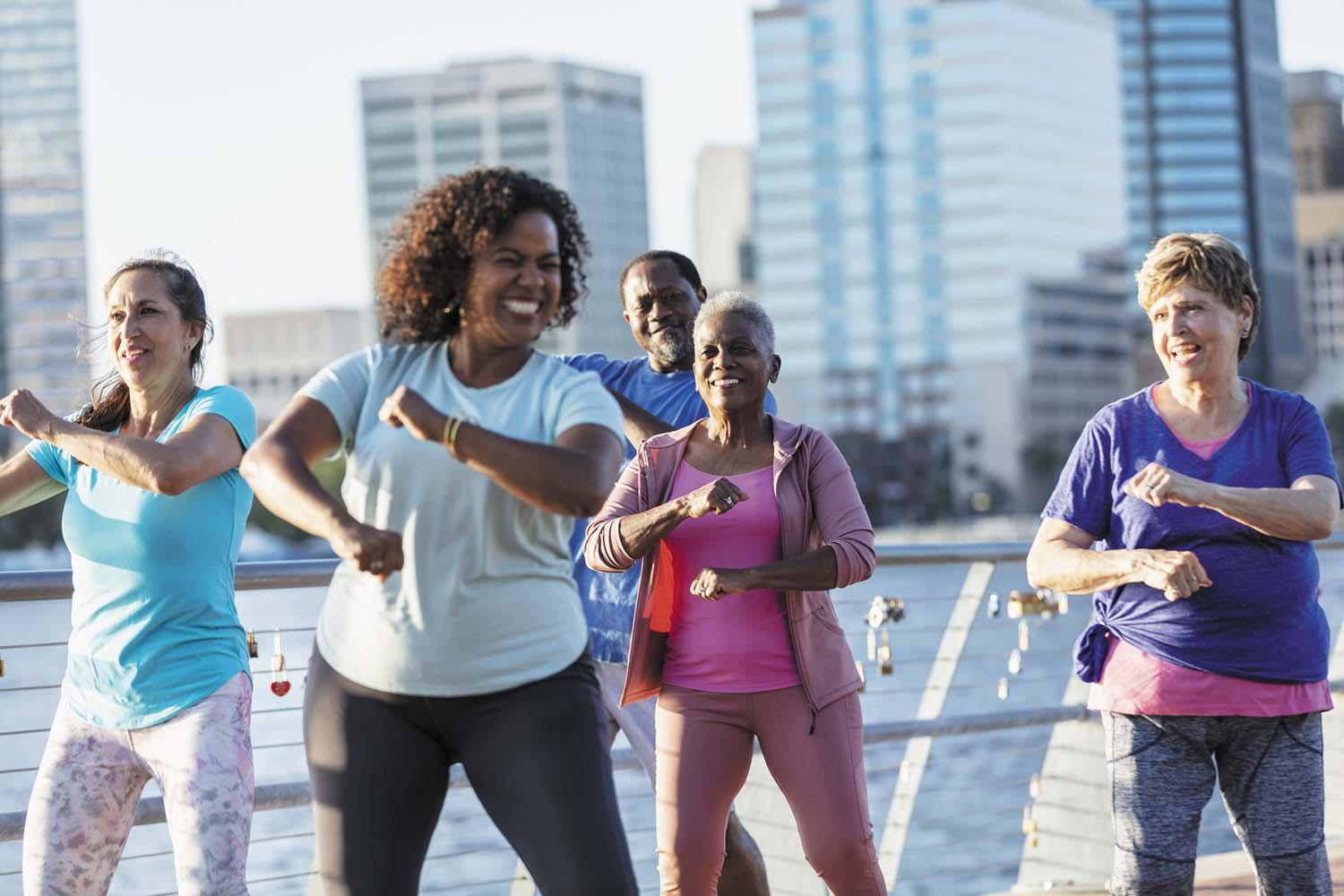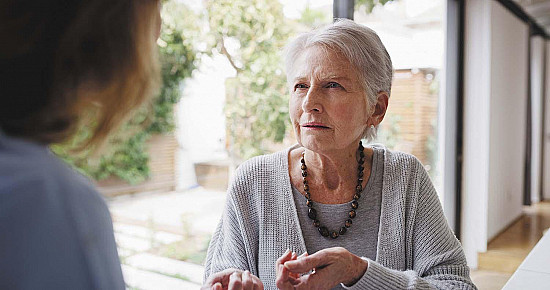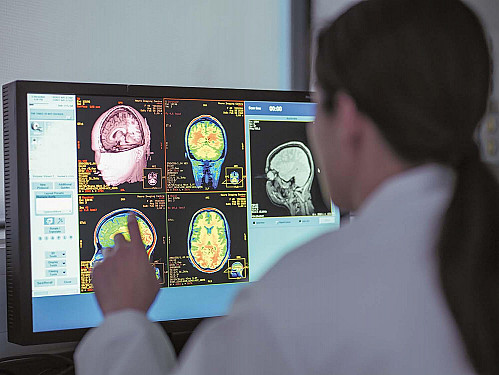Twist, turn, tone
Step up your health game, one dance move at a time.
- Reviewed by Toni Golen, MD, Editor in Chief, Harvard Women's Health Watch; Editorial Advisory Board Member, Harvard Health Publishing; Contributor

Turn on some lively music around a toddler and watch what unfolds. Most likely they’ll start moving their bodies to the rhythm, joyfully swaying, grooving, or stomping their feet. Whatever dance they invent, they don’t need to be told it’s just plain fun.
But somewhere along the line, many of us lose the sense of delight that dancing evokes. We become self-conscious and inhibited, forgetting that this centuries-old physical expression is hardwired into our brains and bodies.
Dance — defined as moving rhythmically to music, often following a particular step sequence — includes dozens of forms, including ballroom, ballet, tap, hip-hop, folk, and salsa, just to name a few.
“In Western culture we see dance as something you have to be taught, but in many other cultures dancing is a part of life,” says Dr. Lauren Elson, a physiatrist (doctor who specializes in physical medicine and rehabilitation) at Harvard-affiliated Spaulding Rehabilitation Network and a former professional dancer. “If you can move, you can dance. It’s all about finding joy and curiosity in the movement.”
Wide range of benefits
Enough people have tapped into the magic of dance that dancing regularly — also called “dance fitness” — ranks as the second most popular leisure activity (after walking) among women ages 25 to 75, according to a study published in the International Journal of Environmental Research and Public Health.
Evidence suggests that dance boasts all the same benefits as other forms of consistent cardio exercise: lowering blood pressure, building muscle and bone, increasing aerobic capacity, and improving the ratio of “good” to “bad” cholesterol. In addition, dance fitness can reduce anxiety and improve depression symptoms just as effectively as other structured exercise programs, according to a research review of 27 earlier studies published online Jan. 25, 2024, by Sports Medicine.
Studies also indicate that mastering dance movements may do a better job of boosting memory and problem-solving skills than walking does. “I think the mental stimulation helps keep people young,” Dr. Elson says. “With dance, it’s never the same thing twice.”
Additionally, dance can provide a sense of social connection that counters loneliness and isolation, which are increasingly tied to health problems. And because it’s not repetitive — like, say, walking on a treadmill or using an elliptical trainer — it may be easier to stick with than other forms of exercise. “Motivationally speaking, there aren’t a lot of limitations — it’s different every time,” Dr. Elson says.
Embracing dance
Even if you’ve fallen out of step or always felt like you had two left feet, don’t let that stop you from trying dance. Dr. Elson offers these tips to get started.
Frame it as a hobby, not “exercise.” Sometimes it’s a mental game to get into a new, healthier routine. You can get over the hump by tapping into the joy of dance instead of thinking of it as another item on your to-do list. “The whole point of dancing is to move while you’re having fun,” she says.
Take a group class. With classes easy to find at local gyms, dance studios, or senior centers, learning new steps around others keeps you engaged and accountable. If you’ve got a partner, ballroom dance can be stimulating and challenging, while folk or line dances can be done solo. You can likely find something that appeals to you. “If someone’s kind of lost and not sure where to start, then picking up a genre they’d like, like a social type of dance, can be very helpful,” Dr. Elson says.
Modify your movements as needed. Even if you have chronic pain or can’t move easily, you can still dance. Since dance typically involves both upper- and lower-body movement, you can even sit in a chair and do it. And if a certain dance move seems too extreme, there’s an easy fix — just substitute a different movement you feel able to do. “There’s nothing that says you need to move all the parts of your body or that dancing has to look a specific way,” she says.
This article is brought to you by Harvard Health Online+, the trusted subscription service from Harvard Medical School. Subscribers enjoy unlimited access to our entire website, including exclusive content, tools, and features available only to members. If you're already a subscriber, you can access your library here.
Image: © kali9/Getty Images
About the Author

Maureen Salamon, Executive Editor, Harvard Women's Health Watch
About the Reviewer

Toni Golen, MD, Editor in Chief, Harvard Women's Health Watch; Editorial Advisory Board Member, Harvard Health Publishing; Contributor
Disclaimer:
As a service to our readers, Harvard Health Publishing provides access to our library of archived content. Please note the date of last review or update on all articles.
No content on this site, regardless of date, should ever be used as a substitute for direct medical advice from your doctor or other qualified clinician.
















